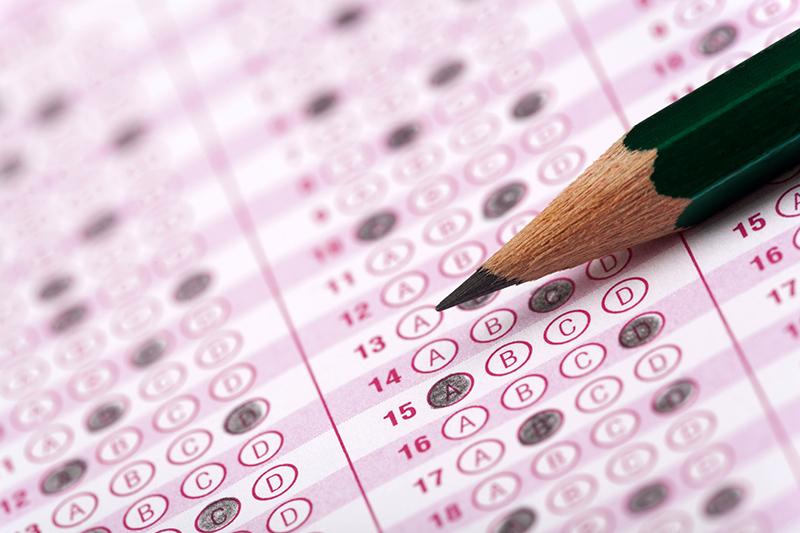Schools should be evaluated on more than just test scores, study says
As the national debate on how states should measure school performance under the new federal Every Student Succeeds Act (ESSA) continues, the Education Research Alliance for New Orleans released a new study that explores how school ratings would change if states evaluated school performance differently.
The study examines data from Louisiana from 2006 to 2014 and finds that 28.6 percent of Louisiana high schools would receive different performance ratings if school performance measures evaluated not only test scores and graduation rates, but also college entry levels.
Lead author Douglas N. Harris said, “If the goal is to hold schools accountable for factors most associated with students long-term life success, then policymakers are probably still too focused on test scores.”
“If the goal is to hold schools accountable for factors most associated with students long-term life success, then policymakers are probably still too focused on test scores.”
Douglas N. Harris, lead author
Harris and co-author Lihan Liu also analyze how school ratings would change if states evaluated schools on student growth, or value-added, measures in addition to outcome levels.
Value-added measures reflect student growth, which is a more valid indicator of what schools actually contribute to student learning.
The study finds that if school performance measures were based on a 50-50 mix of achievement levels and achievement value-added, instead of levels alone, then 24.2 percent of elementary schools and 32.8 percent of high schools in Louisiana would receive different performance ratings.
The study estimates the practical impact of using both value-added and levels to measure school performance by simulating a state policy of closing low-performing schools for four consecutive years, similar to the policy used in New Orleans from 2009 to 2014. The authors find that including both levels and value-added measures for test scores and graduation rates when determining school performance ratings would increase annual student achievement levels for the bottom fifth of schools statewide by about 0.4 percentiles and increase the statewide high school graduation rate by 0.4 percentage points.
“It appears that accountability policies are unnecessarily sacrificing student outcomes,” said Harris. The authors conclude that if state policymakers seek to hold schools accountable for what they can control, and for those outcomes that are most predictive of students’ long-term success, then most states’ ESSA plans are still placing too little emphasis on value-added measures and measures like college entry.
This study is available at educationresearchalliancenola.org.

